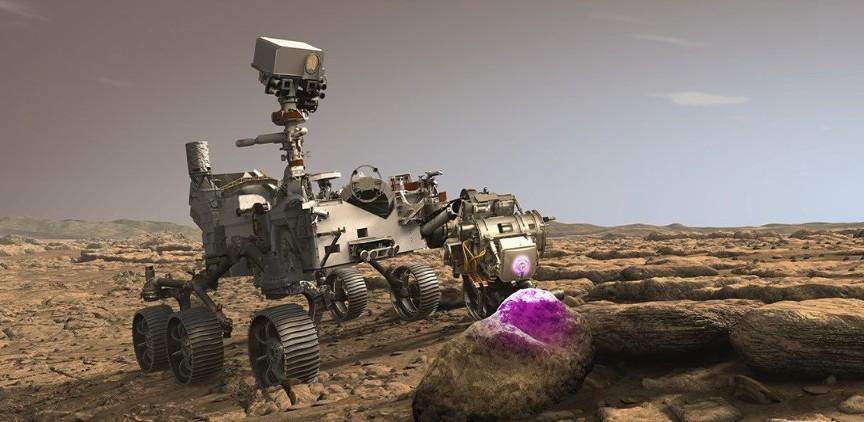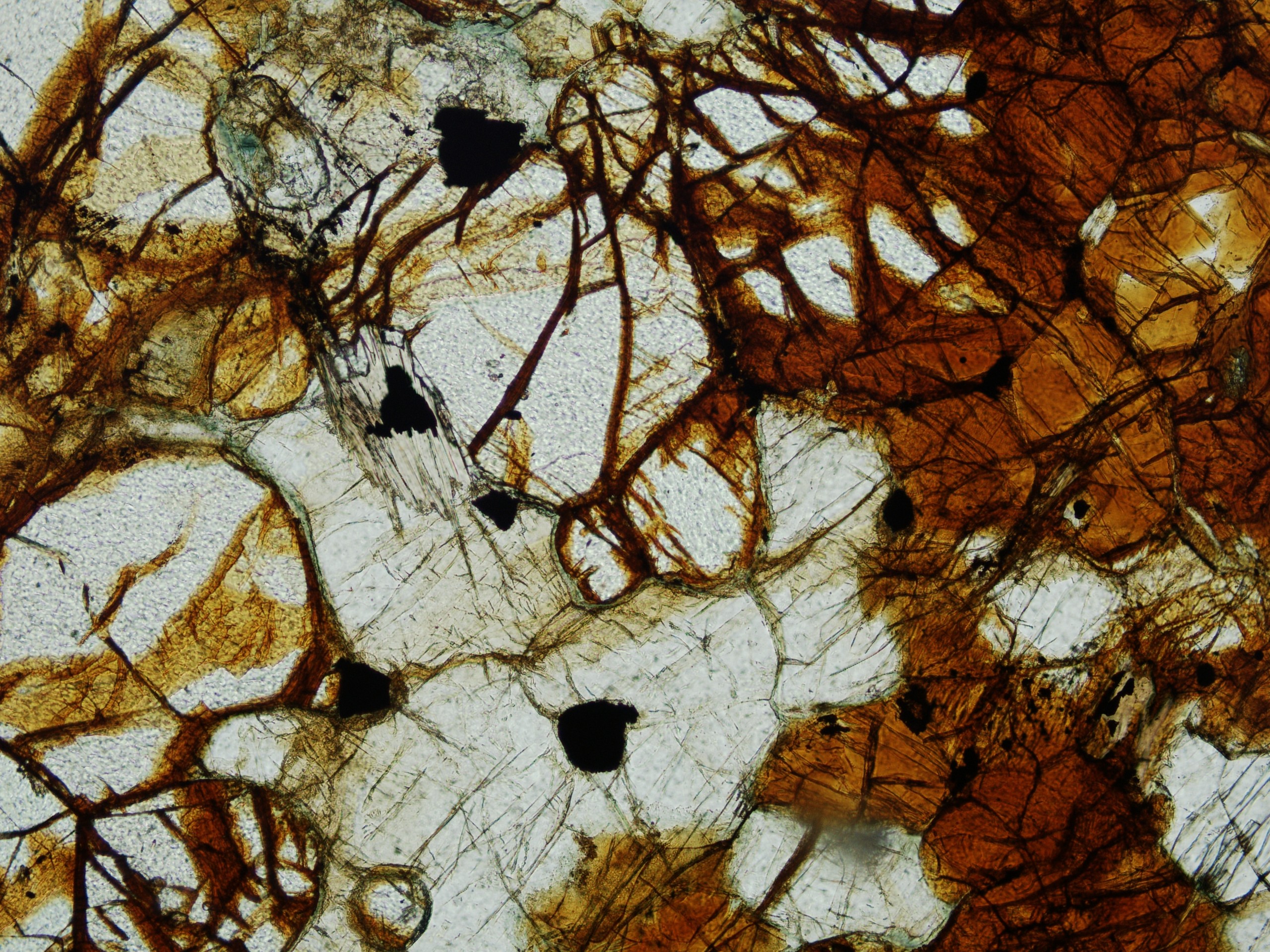
Submitted by Dr C.M. Martin-Jones on Thu, 03/07/2025 - 10:57
Newly identified Martian rocks are a missing link in understanding how the red planet may once have been warm enough to host liquid water, enhancing its potential habitability.
An international team, led by Cambridge researchers, have found the first direct evidence for serpentinization on Mars, a process whereby iron-rich rocks react with hot water, releasing hydrogen as a byproduct.
Hydrogen is thought to have been crucial in warming early Mars. During the planet’s infancy, the Sun was about 75% as bright as it is today, meaning it needed extra help to stay warm enough for liquid water to exist. The hydrogen produced by serpentinization could have trapped heat in the atmosphere, making Mars more hospitable.
The team, writing in Science Advances, made the first in-situ observation of serpentinite rocks formed by this process on Mars using NASA's Perseverance rover. Their discovery strengthens the idea that Mars may once have had conditions suitable for supporting life in the past.
“For decades, it’s been thought that serpentinization could be an engine for hydrogen production and warming on early Mars,” said Nick Tosca, lead author of the study from Cambridge’s Department of Earth Sciences. But satellites hadn’t yet identified serpentinite rocks on Mars to support the theory.
“It turns out scientists were looking for the wrong rock type,” said Tosca. Previously, he and study co-author Ben Tutolo from University of Calgary theorized that the serpentinite on Mars would be much more iron-rich than normally seen on Earth—a type that would also release more hydrogen during its formation.
The new evidence confirms that suspicion said Tosca, “these are the same iron-rich rocks we predicted, right there in the Jezero Crater.”
Thin section photograph showing serpentinised iron-rich igneous rocks from the Duluth Complex of Minnesota. The field of view is about 2mm. Credit: N. Tosca.
The researchers used the Perseverance rover’s ‘PIXL’ instrument to scan the rocks in outcrop and measure their elemental chemistry at sub-millimetre scales. NASA’s 2020 mission targeted the Jezero crater because its deltaic deposits suggest it was once a lake.
The team also included Cambridge Earth Science’s Richard Harrison and part III student Oli Ross, who used machine learning to unravel the complex data contained within each pixel of the chemical maps produced by the PIXL instrument, providing an independent check of their visual mineral identification. Further data from the rover’s onboard instruments also supported their identification of iron serpentine.
Tosca said that the iron serpentine formed when basalt rocks were scolded with hot water issuing from a magma body at depth in the crust. He said they found pockets of serpentine in the Jezero Crater, indicating this reaction was relatively localized, but he thinks the process was probably more widespread on early Mars. Because Mars has no active plate tectonics, its crust is very thick, “volatile-rich molten rock could be trapped at depth, liberating a H2O-rich fluid once they were brought to the surface.”
Finding a viable process that creates hydrogen on Mars is also exciting because it is an energy-packed molecule for life, said Tosca. “It’s tantalizing, because we don’t yet know whether the Jezero lake system was full of water at this time. This process may have supported some weird and wonderful chemistries in that water if so.”
But, said Tosca, “this isn’t case closed—not yet.” He is still interested in testing how serpentinization may work once at planetary scale, “the question now is, could this process have been widespread enough to have warmed Mars’ early climate?” Hydrogen doesn’t linger in the atmosphere, so the exact mechanism needs further investigation, “you’d either need serpentinization to continuously churn out hydrogen, or intermittent pulses of intense magmatic activity.”
Reference
Tosca, Nicholas, et al. "In-situ evidence for serpentinization within the Maaz Formation, Jezero Crater, Mars." American Association for the Advancement of Science, 2025. https://doi.org/10.1126/sciadv.adr8793
Feature Image:
Perseverance’s PIXL at Work on Mars, credit: NASA/JPL-Caltech.

